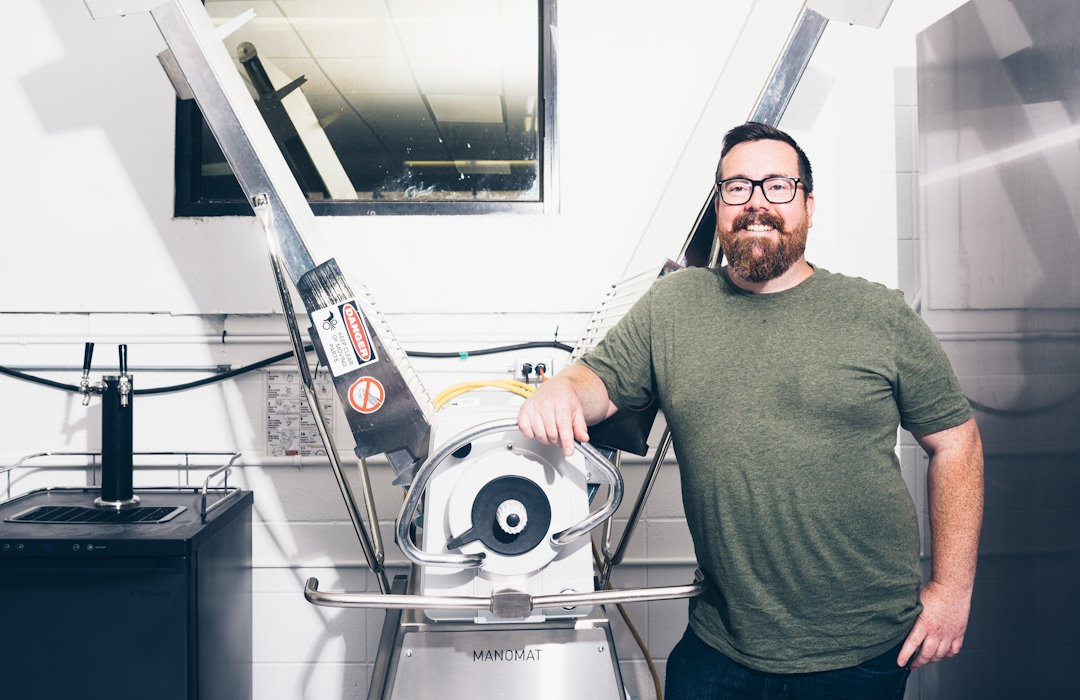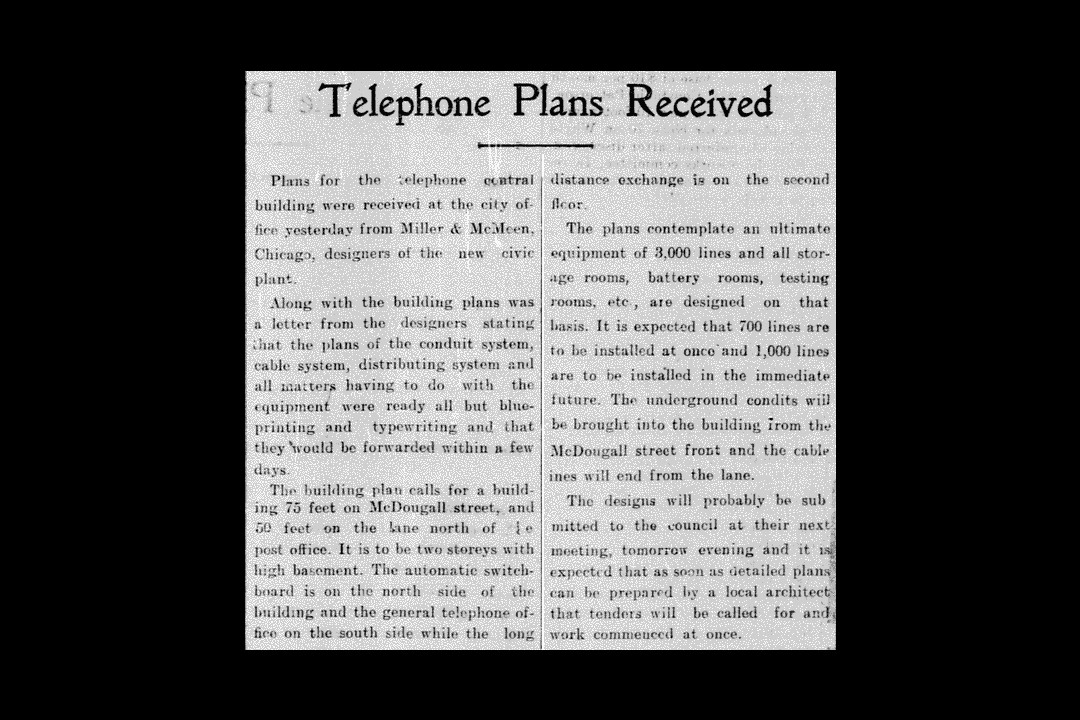
Uproot Food Collective to extend FrontFundr campaign
An Edmonton-based frozen food innovator is extending its equity-crowdfunding campaign to give supporters more time to help fund its expansion.
Uproot Food Collective's fundraising effort on FrontFundr was set to expire next week, but the company has decided to extend it by 90 days, giving it until December to raise its goal of $570,000, co-founder and CEO Chris Lerohl told Taproot in an email this week.
The company plans to use the money for expansion across Canada and, eventually, into the United States.
"If we can get the capital, then we can expand market and expand into a bigger business, open up to more local food, and really grow the business," Lerohl said in an interview before the extension. "We believe that we have a business opportunity that's worthwhile for people to invest in."
The campaign, which launched in June, has raised $225,000 from 34 investors so far. Lerohl attributed the shortfall to a later-than-planned start and the distractions of summer holidays. "In late June, we were doing fairly well," Lerohl said. "Then summer hit and it just kind of went down."
Unlike platforms such as Kickstarter, FrontFundr backers are investors rather than recipients of perks (though there are perks associated with Uproot's campaign as well). The platform allows non-accredited investors to get in on the action, which differs from other forms of investment.
"It allows private companies to almost act like a publicly traded company," said Lerohl, who used to work in business development at the now-defunct TEC Edmonton. "It goes back to my days in the innovation ecosystem … one of the things that always kind of irked me or frustrated me was that I wasn't able to get in the deal flow, and I wasn't able to get in on the investments because the regulations only allowed accredited investors."
Uproot, a vertically integrated "scalable commercialization platform for growing authentically original brands," sprouted from Honest Dumplings, a frozen dumpling company Lerohl co-founded with his wife Ray Ma in 2014.
Around 2016, he mentioned to farmers' market neighbour Jamie Scott of South Island Pie Co. that he saw a gap in scale-up opportunities for food companies. Uproot was soon born, involving a merger with South Island and an equity acquisition of chocolate brand Natural Kitchen Delights (commonly referred to as NKD). Today, it has an office, production facility, and retail storefront at 10552 114 Street NW and an e-commerce platform called Uproot Food Store. The food store carries more than 80 Alberta brands and serves customers in 85% of Alberta.




